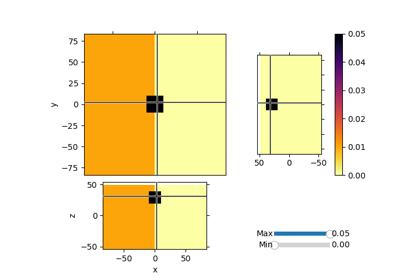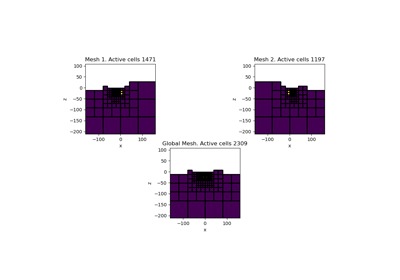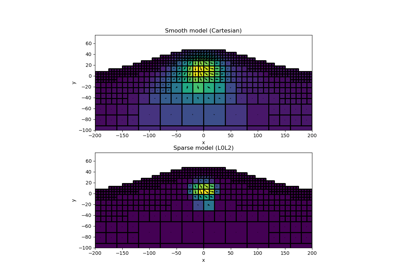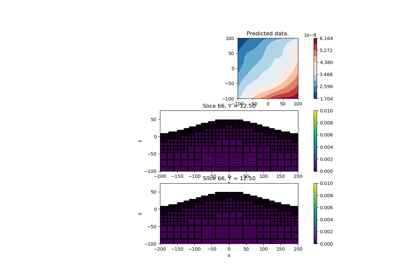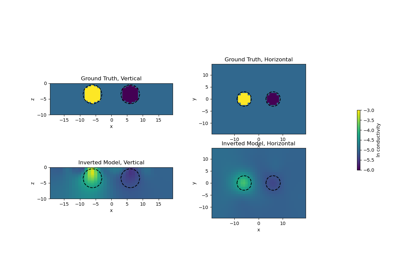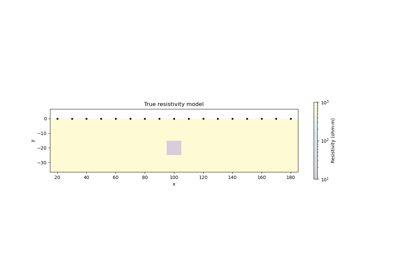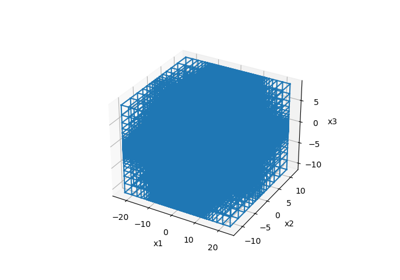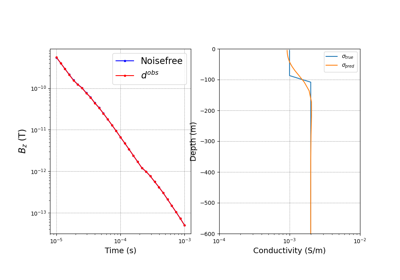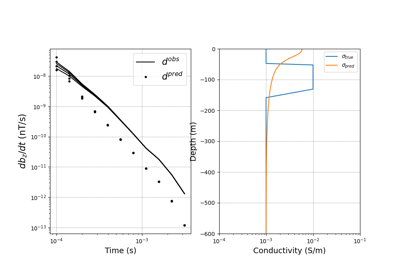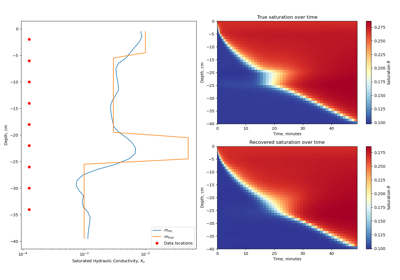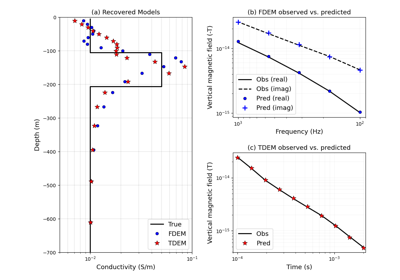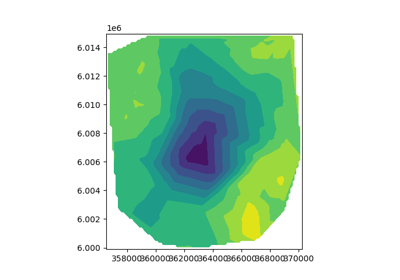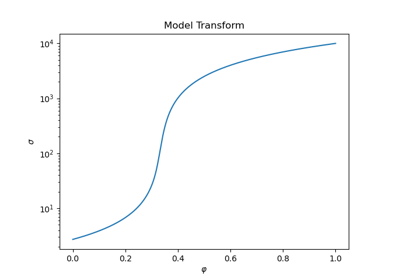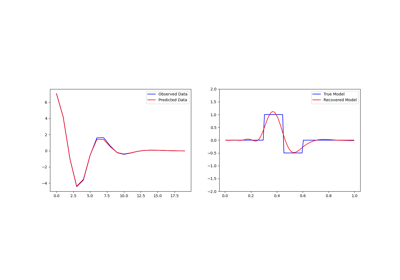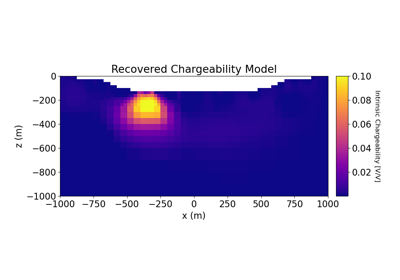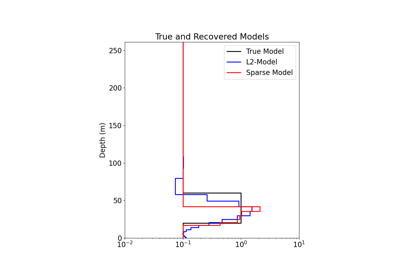simpeg.inverse_problem.BaseInvProblem#
- class simpeg.inverse_problem.BaseInvProblem(dmisfit, reg, opt)[source]#
Bases:
objectAttributes
Trade-off parameter
Set this to a simpeg.utils.Counter if you want to count things.
Whether to print debugging information.
The data misfit.
Initialize BFGS minimizers with the inverse of the regularization's Hessian.
The inversion model.
The optimization routine.
The regularization object for the inversion
warmstart
Methods
evalFunction(m[, return_g, return_H])startup(m0)Called when inversion is first starting.
getFields
get_dpred
Galleries and Tutorials using simpeg.inverse_problem.BaseInvProblem#
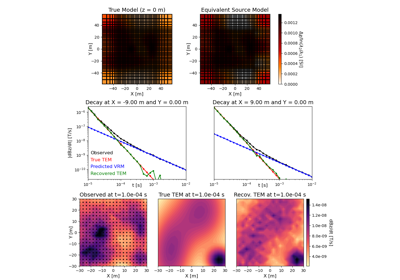
Method of Equivalent Sources for Removing VRM Responses
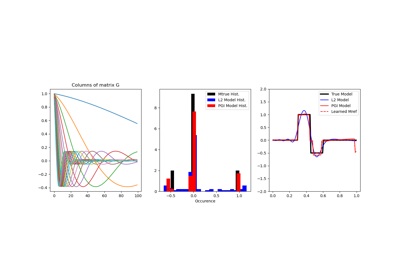
Petrophysically guided inversion (PGI): Linear example
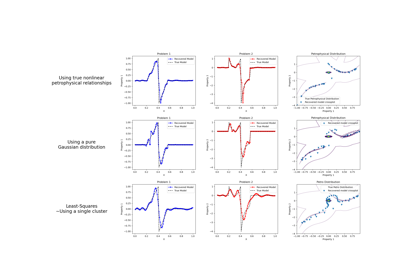
Petrophysically guided inversion: Joint linear example with nonlinear relationships
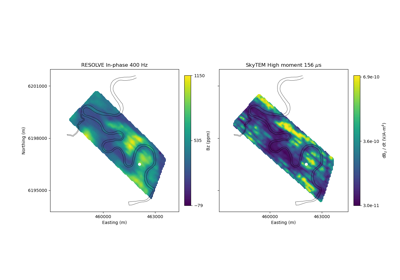
Heagy et al., 2017 1D RESOLVE and SkyTEM Bookpurnong Inversions
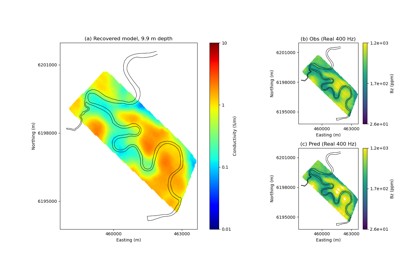
Heagy et al., 2017 1D RESOLVE Bookpurnong Inversion
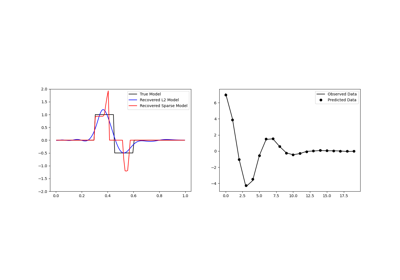
Sparse Inversion with Iteratively Re-Weighted Least-Squares
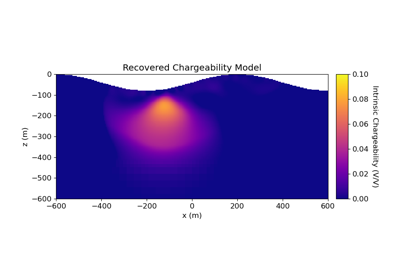
2.5D DC Resistivity and IP Least-Squares Inversion
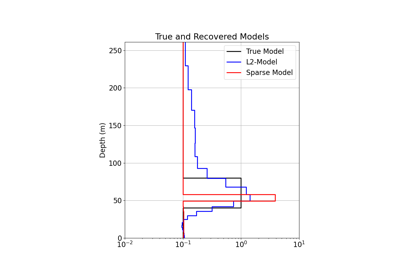
1D Inversion of Time-Domain Data for a Single Sounding
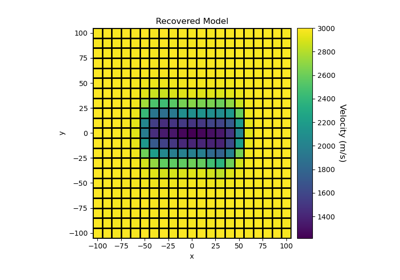
Sparse Norm Inversion of 2D Seismic Tomography Data
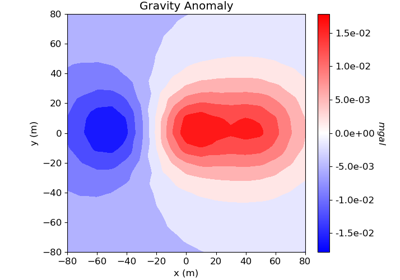
Cross-gradient Joint Inversion of Gravity and Magnetic Anomaly Data
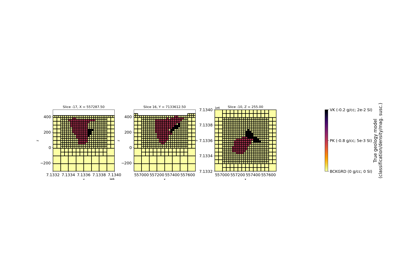
Joint PGI of Gravity + Magnetic on an Octree mesh using full petrophysical information
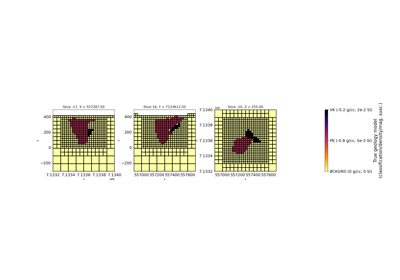
Joint PGI of Gravity + Magnetic on an Octree mesh without petrophysical information

